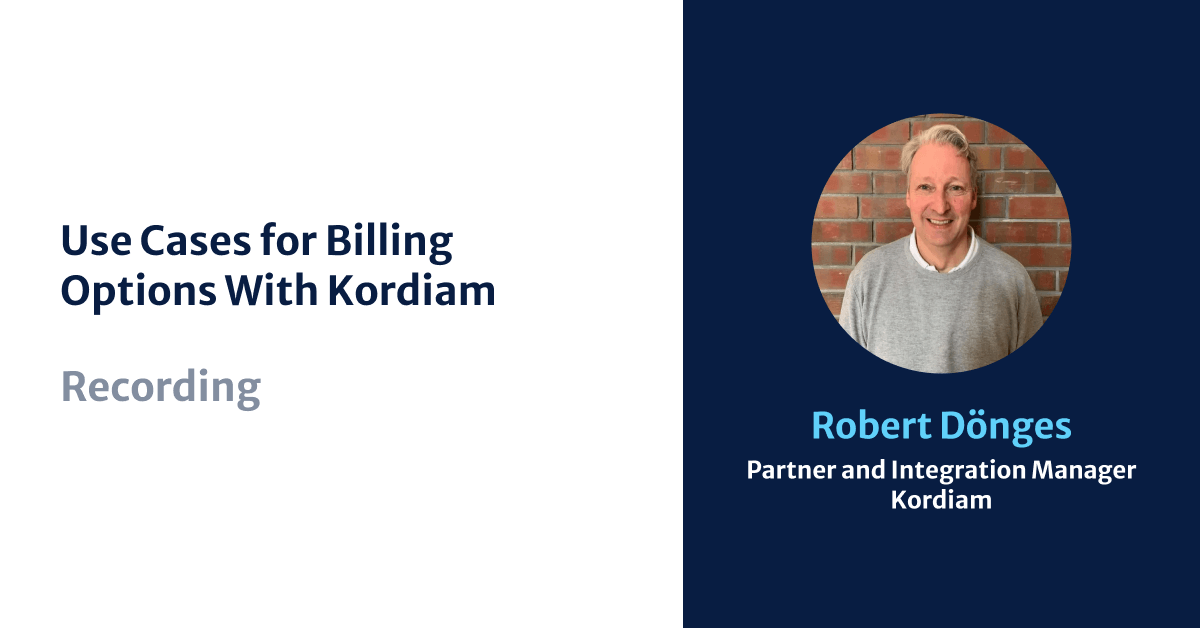How Kordiam Is Streamlining Freelancer Billing
Manual spreadsheets. Mismatched invoices. Hours spent cross-checking freelancer fees against published work.
It's not just a finance headache, it's an editorial workflow problem. Time spent on billing is time not spent on coverage planning, story development, or newsroom management. That's why publishers are increasingly looking to automate.
Robert Dönges, Partner and Integration Manager at Kordiam, recently presented how publishers are tackling this challenge. "Over the past months, even last year, I would say we've seen a growing interest among clients in streamlining and at least partially automating their billing systems or automating their freelancer billing," Dönges explained.
The logic is straightforward, each task has a known ID, freelancers have individual fee IDs and fixed rates, and fee systems handle the billing. The question is how to bring it all together.
What Kordiam Already Offers
Kordiam includes several billing features by default:
- Cost and assignment fields with currency selection
- User assignment to cost centers through user profiles
- Flexible cost management with standard or individual cost options
- Monthly cost surveys available for download
- External user IDs including supplier IDs and fee IDs (available upon request)
- Task ID visibility across email notifications, My Schedule page, task widgets, and the Task page
- Task ID search function
- Auto-insert supplier IDs into photo metadata
"We have populated the task ID across various pages so that customers can easily obtain these IDs to track and manage tasks across multiple systems," Dönges noted.
Three Working Models
Dönges presented three approaches publishers have developed, demonstrating how different organizations tackle the same challenge.
Rheinische Post: CMS-Integrated Workflow
Rheinische Post uses the supplier ID system with their Interred CMS:
- For text assignments, the freelancer supplier ID transfers directly to the CMS—no manual entry needed
- For photo tasks, the freelancer supplier ID is entered manually in placeholders next to photos in Kordiam's content tab
- When the story is saved, IDs automatically transfer to Interred, assigning the author or photographer to the correct placeholder
- Once published, data exports from Interred to Starface ERP for accounting
Currently, photo IDs require manual entry, but by year-end this will be automated using photo metadata.
Badische Neueste Nachrichten: The Matrix Approach
BNN developed a fee matrix that accounts for multiple variables:
- Freelancer experience level (beginner, experienced, almost editor-level)
- Job requirements (travel time, research needs, design complexity)
- Estimated time for completion
These factors combine to generate a fee from the matrix.
The matrix, along with articles’ planned text lengths ("t-shirt sizes,") feeds into their fee system eGecko. The goal is to map this to task encoding using existing and custom fields, generating an XML or Excel download each month that automatically imports to eGecko.
De Telegraaf: Freelancer Self-Service
As a former managing editor, Dönges found this approach particularly interesting for reducing editorial workload.
De Telegraaf uses a reversed invoicing method:
- The editorial team creates a photographer task and assigns a freelancer
- The freelancer receives a notification email with the task ID
- After completing the job, the photographer manually enters the ID into De Telegraaf's external fee system (Axelian)
- At month-end, the fee system compares jobs submitted against jobs published
- Payment is processed only for published work
"This saves a lot of work for the editorial team of creating, checking, rechecking, everything else," Dönges explained. Currently there's no automated interface between their fee system and CUE (their publishing system), but automation is planned for the coming months.
What's Next
Based on these implementations and others, Kordiam is planning several improvements:
- API access for fee tables
- Full payment integration vision: Supporting one standard or best-of-breed payment model directly in Kordiam
"Smart billing is a logical next step in our development," Dönges said. "We'd love your input on this. If you're interested in collaborating, please get in touch—either reach out to me personally or send an email."
Interested in exploring billing automation for your publication? Contact Robert Dönges to discuss your workflow.

